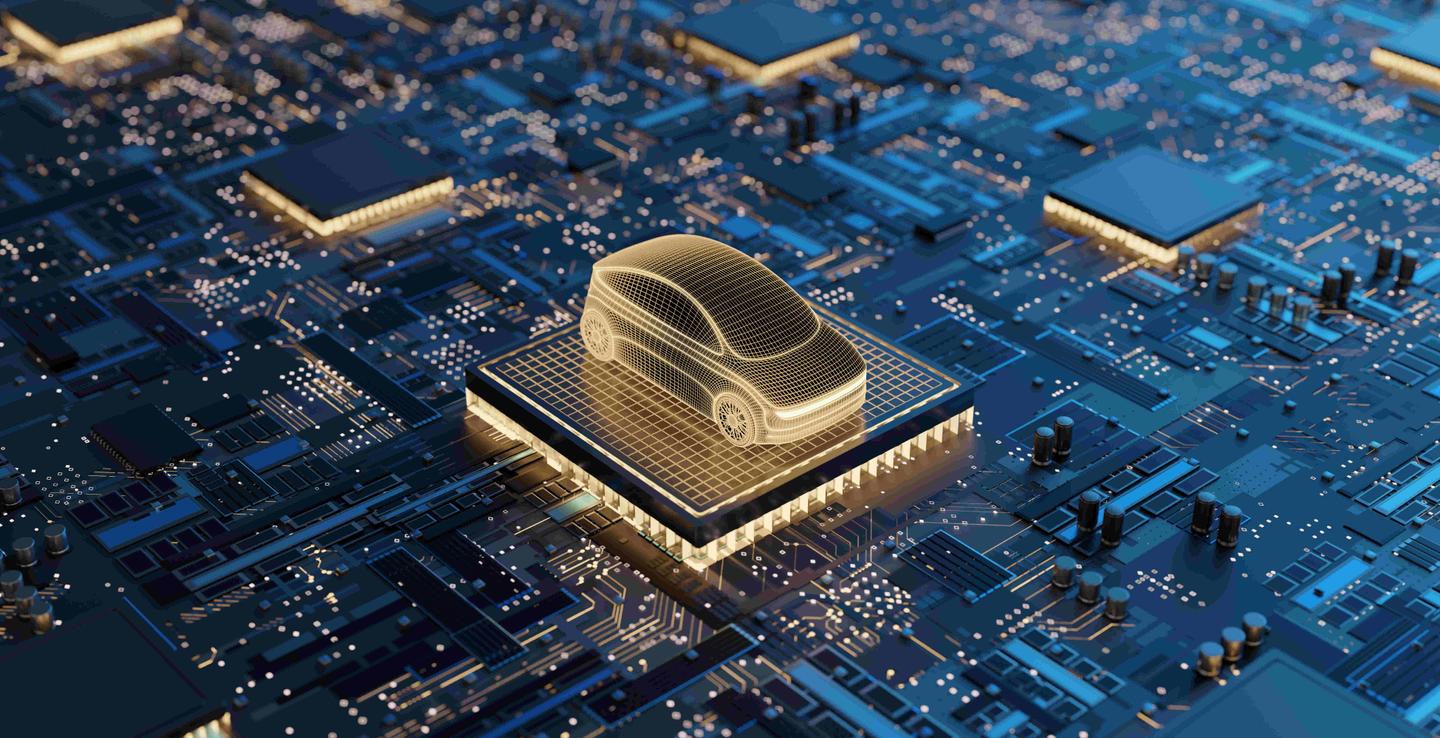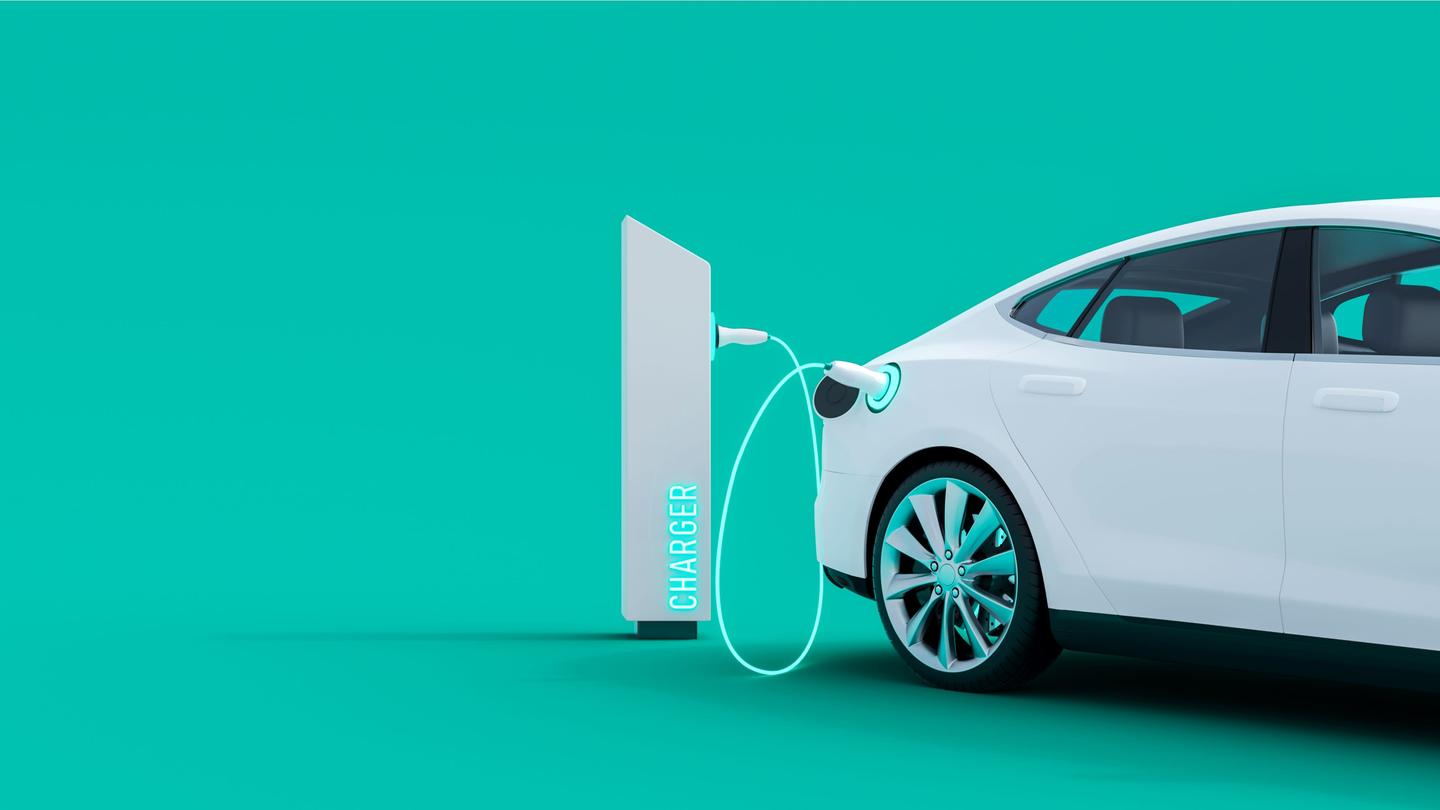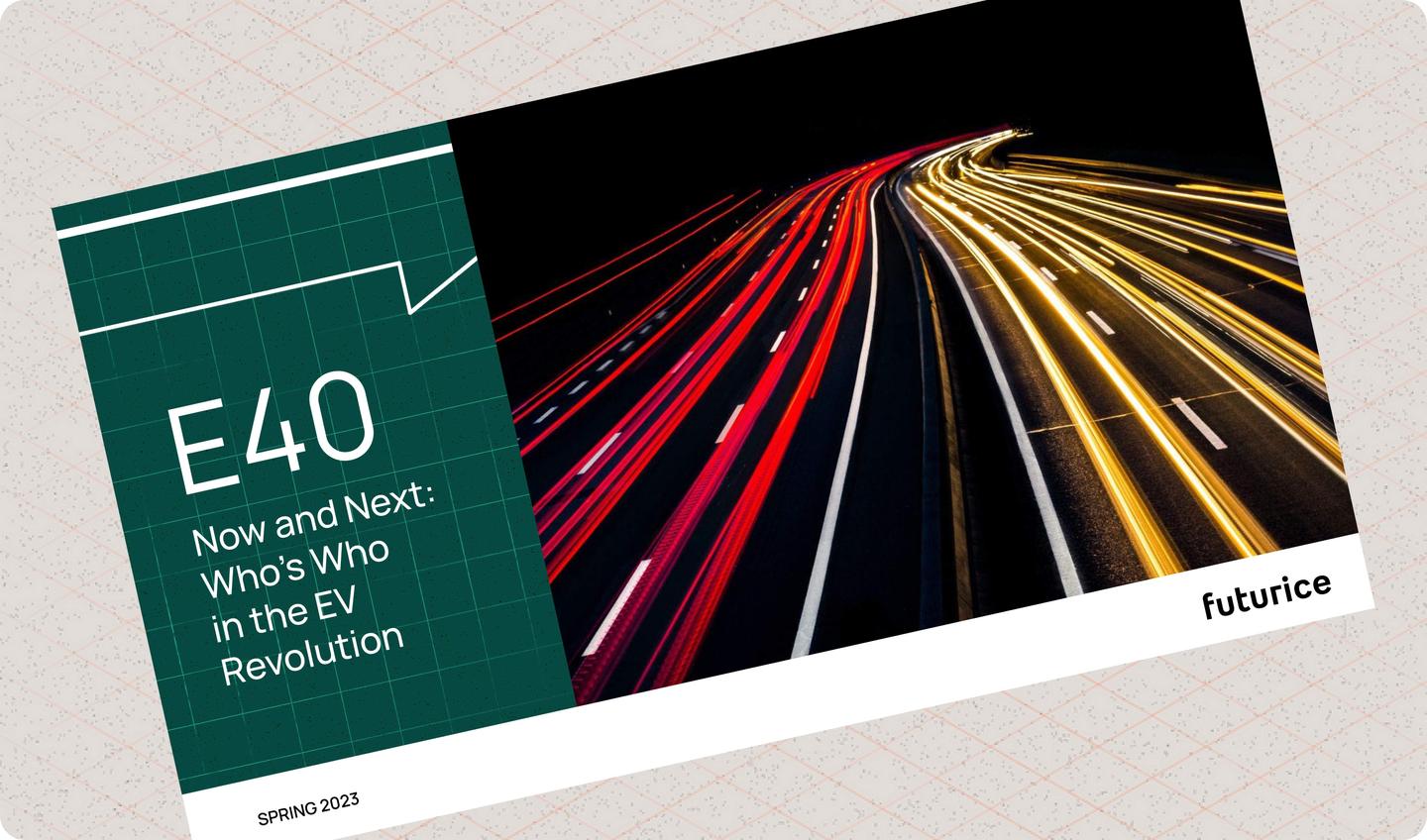The rise of the software defined vehicle - what are they and why do they matter?
Back in 1999, my dear mother handed over the keys to my first car - a maroon, 1.2 litre Vauxhall Astra Swing. Apart from power steering, the car had absolutely no bells and whistles. It was a simpler time, with much simpler cars (although fancier models were available for those with a bigger budget).

What are SDVs and how are they different?
Fast forward 24 years, and Software Defined Vehicles (SDVs) are reshaping the automotive landscape. SDVs, underpinned by advanced software and computing technology, use centralised domain control units to manage different vehicle systems and components. Features and functions are primarily enabled through software, making it possible to customise, personalise and enhance the driving experience for users.
While connected vehicles have existed since the late 1960’s, Tesla has been the driving force behind a paradigm shift. Tesla, along with other new entrants like NIO, XPENG and RIVIAN have designed their vehicles with a heavy emphasis on software from the outset. This approach allows for over-the-air (OTA) updates that improve vehicle functionality post-purchase. Traditional OEMs, however, are struggling to adapt multiple platforms and models to SDVs. Renault Group, Stellantis, or Volvo Cars rely on third-party solutions provided by Amazon or Google, while Mercedes-Benz AG, Volkswagen, or Hyundai prefer in-house developed car.OS stacks.
So, what sets SDVs apart from the electrical/electronic (E/E) systems of the past? I’d say there are five key differences:
- Older connected vehicles used numerous disconnected electronic control units (ECUs) to control various functions, such as in-car entertainment, engine controls, and route planning. These systems were not designed for software and functional updates throughout the vehicle's lifetime. In contrast, SDVs adopt a more integrated approach, using powerful domain controllers to run multiple functions. All connected systems in SDVs operate within a single, unified stack, with a common language that facilitates seamless interoperability.
- SDVs also utilise connectivity in ways traditional E/E systems couldn't. Designed to connect to the internet, other vehicles, infrastructure, and more, SDVs generate, collect, and analyse vast amounts of data for applications like predictive maintenance, personalised experiences, and autonomous driving.
- E/E systems were primarily hardware-driven, with software playing a secondary role. In SDVs, software is at the forefront, defining the vehicle's features and capabilities. Unlike traditional E/E systems, SDVs can receive software updates over-the-air. This allows for continuous improvement and feature enhancements, extending the vehicle's lifecycle and enhancing user experience.
- While E/E systems typically operate on an individual component basis, SDVs use a service-oriented architecture (SOA) model. This allows different software applications to reuse services, leading to increased efficiency and flexibility in the vehicle's system design and operation.
The hardware layer of SDVs typically includes an in-car infotainment computer, an Advanced Driver-Assistance Systems (ADAS) computer, exterior and interior controllers, a central driving controller, and a connectivity module. An embedded software layer manages everything, including general operations, SDKs, and APIs, based on the hardware layer.
OEMs either develop their own application layers or collaborate with hyperscalers like Google or Amazon. Brands often design the UI to create a unique experience, and a cloud solution connects to the SDV for data collection, processing, and analytics, paving the way for new use cases and business models.
What do SDVs enable (for OEMs and Drivers)?
SDVs are transforming not just the vehicles themselves, but also the entire automotive industry. They are spawning new business models and revenue streams, presenting OEMs with unprecedented opportunities to differentiate themselves in a highly competitive market.
Historically, the automotive industry's revenue primarily stemmed from one-time vehicle sales. However, SDVs are reshaping this model by introducing the potential for continuous, post-sale revenue streams. Feature enhancements through OTA updates can be monetized, thereby transitioning OEMs from a single transaction model to a recurring revenue structure.
SDVs also generate substantial data from onboard sensors and user interactions. This data presents a treasure trove of monetization opportunities, providing invaluable insights for stakeholders such as insurance companies, advertisers, and city planners.
One new business model of note is the 'Vehicle-as-a-Platform' model, where the vehicle serves as a canvas for other companies to build upon, for example Ford’s use of VW’s MED platform to produce its new compact crossover, the Ford Explorer. Here, automotive companies collaborate with software developers to integrate various services, such as entertainment, navigation, and e-commerce, into the vehicle's software infrastructure.
For drivers, SDVs offer a tailor-made driving experience. Vehicles can be reconfigured and updated with new features through OTA updates, eliminating the need for physical modifications. ADAS or AI assistants contribute to road safety, reducing accidents and ensuring passenger well-being. Furthermore, SDVs can optimise performance, fuel efficiency, and the overall driving experience using AI and machine learning, thereby enhancing user satisfaction and fostering brand loyalty.
How might SDVs impact the wider mobility ecosystem?
SDVs are fostering an environment of increased collaboration and innovation across the mobility landscape. Auto manufacturers are partnering with technology companies, leveraging their software expertise to enhance vehicle performance, features, and user experience. A variety of infrastructure providers, too, are being drawn into the SDV revolution, working to bolster connectivity support for these advanced vehicles. This symbiosis is pushing the boundaries of innovation, accelerating the development and deployment of cutting-edge mobility solutions.
The data generated by SDVs can be a goldmine of opportunities for cross-industry collaboration and co-innovation. For instance, real-time traffic data from SDVs can be a valuable resource for city planners, aiding them in optimising traffic flow, planning infrastructure, and reducing congestion. Similarly, insurance companies can leverage this data to offer personalised coverage, fundamentally transforming their risk assessment models.
SDVs also hold the potential to radically transform public transportation. Imagine fleets of autonomous shuttles or buses that optimise routes based on real-time demand, providing efficient and flexible transportation solutions. This could drastically change how we use and interact with public transit, potentially reducing congestion and making our cities safer and more sustainable.
What’s more, the rise of SDVs could catalyse a shift from personal car ownership to Mobility-as-a-Service (MaaS) models. Advanced ride-sharing services, powered by autonomous SDVs, could offer on-demand mobility solutions, making transportation more accessible and convenient than ever before.
The ripple effects of the SDV revolution will also be felt in the energy and telecommunications sectors. If SDVs are predominantly electric, this could drive up demand for electricity, necessitating increased power generation and a more robust charging infrastructure. Conversely, the potential for more efficient energy usage in SDVs could help reduce overall energy demand. Telecommunications providers could find new opportunities as SDVs become more data-reliant. The demand for high-speed, low-latency communication networks will grow, paving the way for specialised services catering to the unique needs of SDVs.
The data generated by SDVs will create a need for advanced analytics and AI solutions. Companies specialising in these fields could witness increased demand for their services, and discover new business opportunities in areas such as traffic management and vehicle performance optimization.
Lastly, the logistics and entertainment industries could be transformed by the growth of SDVs. Autonomous delivery vehicles and trucks could optimise routes, reduce accidents, and improve efficiency, potentially leading to cost savings and increased competitiveness in the logistics sector. And, further down the track, with SDVs assuming driving responsibilities, passengers could have more time for in-car entertainment. This change presents new opportunities for media and entertainment companies to create tailored content and experiences for passengers in SDVs.
Final thoughts
The advent of Software Defined Vehicles (SDVs) marks a momentous shift in the automotive industry and the wider mobility ecosystem. It's a technological evolution that is set to disrupt traditional business models, drive innovation, and transform our perception of what a car can be. SDVs are not just vehicles, but platforms for connectivity, data generation, personalization, and even monetization.
They also promise to have far-reaching impacts beyond the automotive sector, influencing public transportation, city planning, the energy sector, and more. Yet, as we hurtle towards this exciting future, many questions remain. Are consumers ready to embrace this shift? How will regulations keep pace with these rapid advancements? And crucially, in a world where your car is not just a car, but a 'computer on wheels', who will take the driver's seat - the traditional automakers, or the tech giants?
What is your perspective on the future of mobility in the age of Software Defined Vehicles?
 David MitchellChief Growth Officer
David MitchellChief Growth Officer





